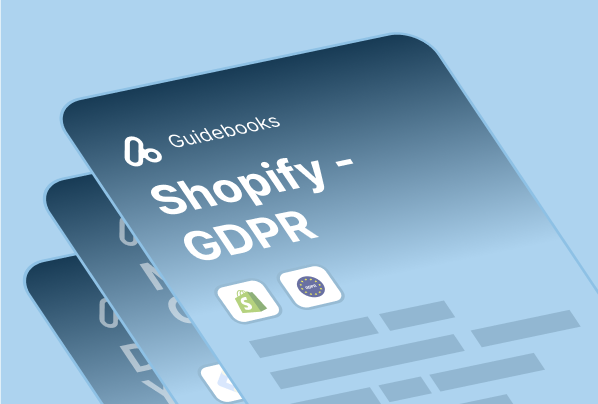Shopify - GDPR


See what Analyzify delivers

Get a tailored tracking tool

Explore newest features


Get an overview of core functions, setup process, support & assistance, and more
Explore Analyzify
Discover the latest updates & features engineered to improve your data quality
Changelog →Get reliable conversion data and make data-driven decisions confidently
Identify and resolve tracking issues before they cause data inconsistencies
Secure server-side tracking for Google Analytics, Meta, and TikTok
Improve your conversion tracking accuracy by up to 98%



Scale tracking for high-volume

Set up tracking for multi stores

Streamline client data setups

Make data-driven decisions

Works with every Shopify plan
Jump right in — get an overview of the basics and get started on building straight away.
Explore Analyzify
Get reliable conversion data and make data-driven decisions confidently
Identify and resolve tracking issues before they cause data inconsistencies
Secure server-side tracking for Google Analytics, Meta, and TikTok
Improve your conversion tracking accuracy by up to 98%


Scale tracking for high-volume

Set up tracking for multi stores

Streamline client data setups

Make data-driven decisions

Works with any Shopify plan


Have questions? Talk to Sales

